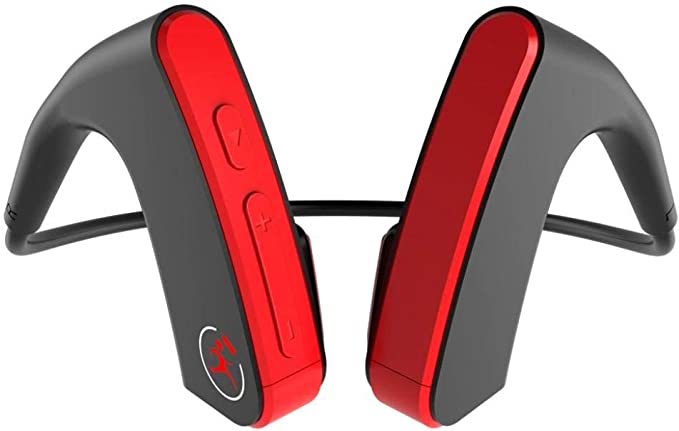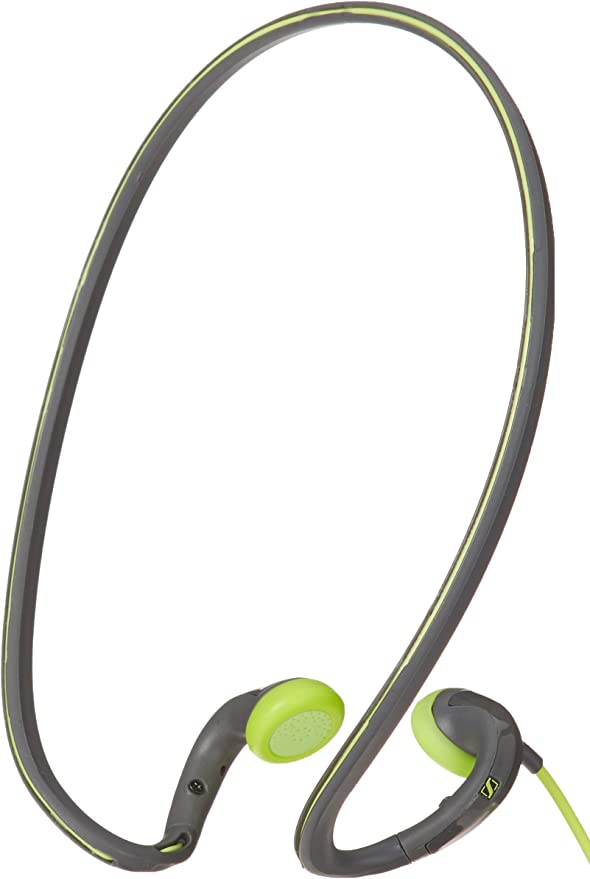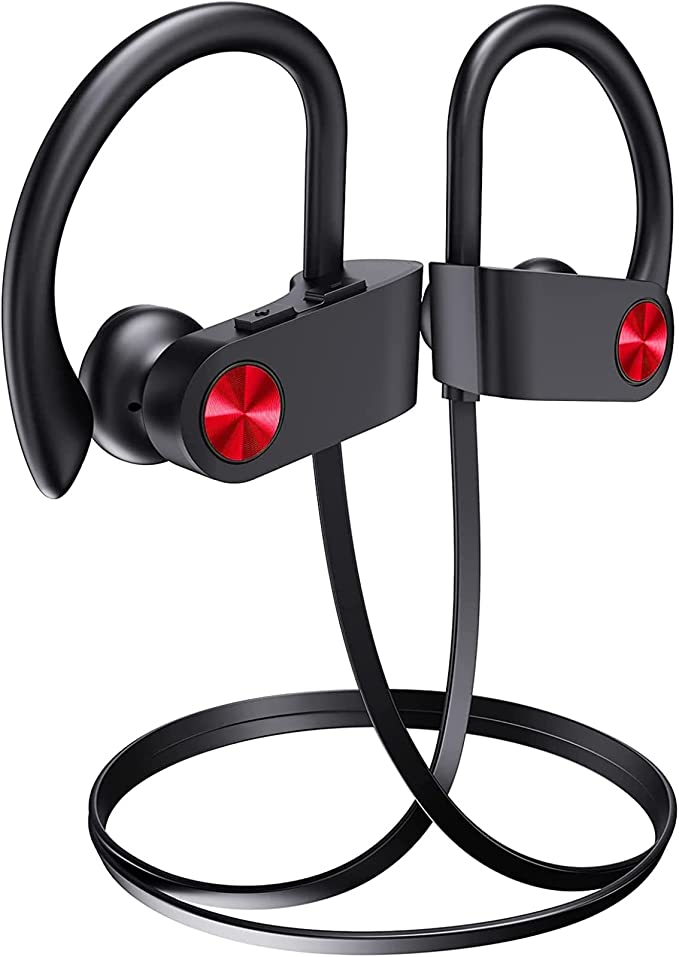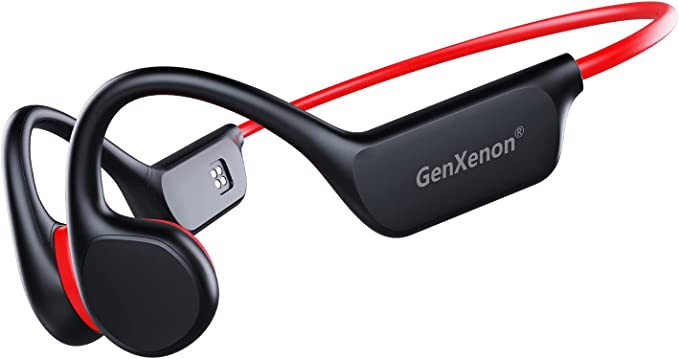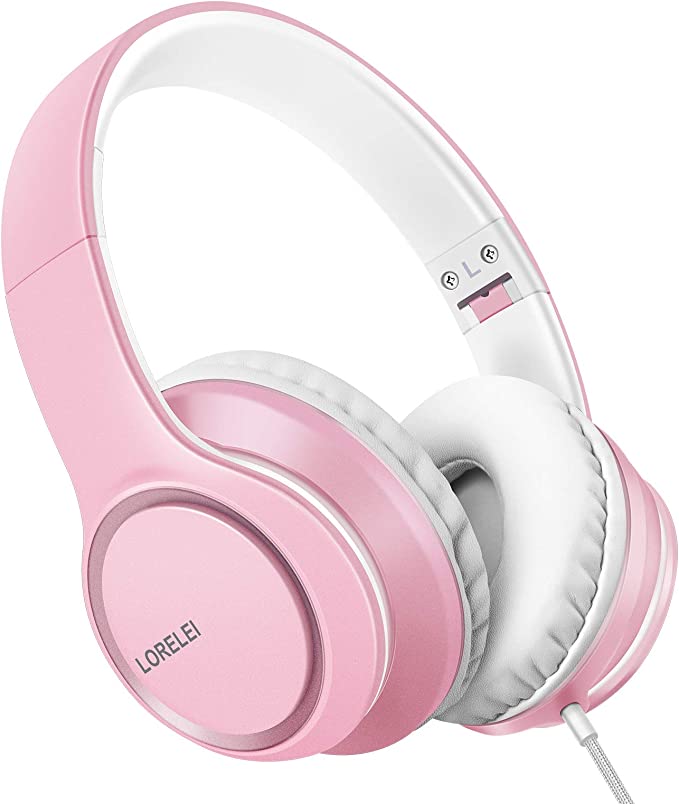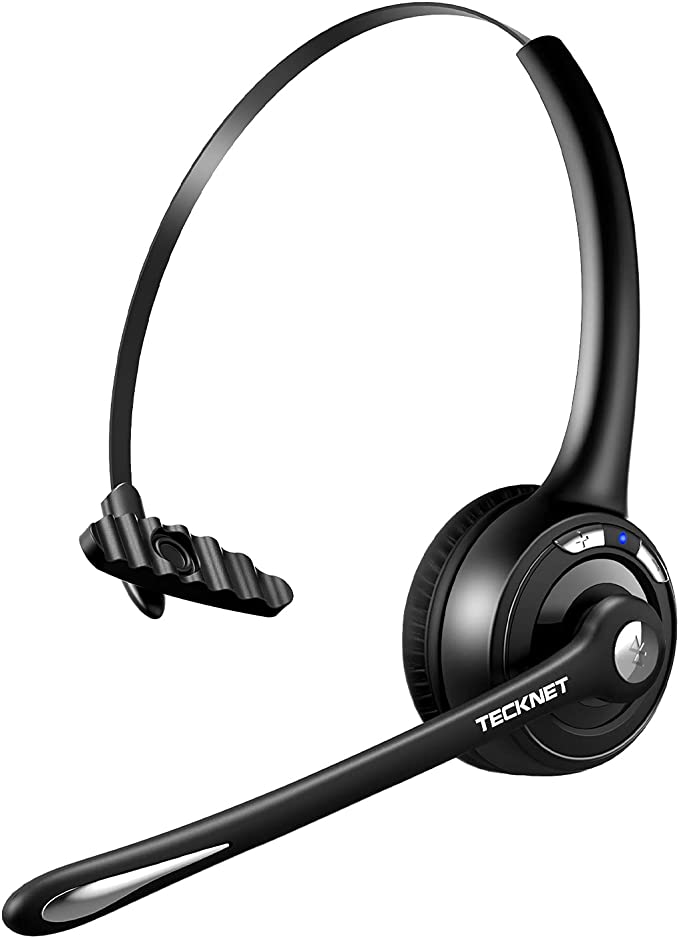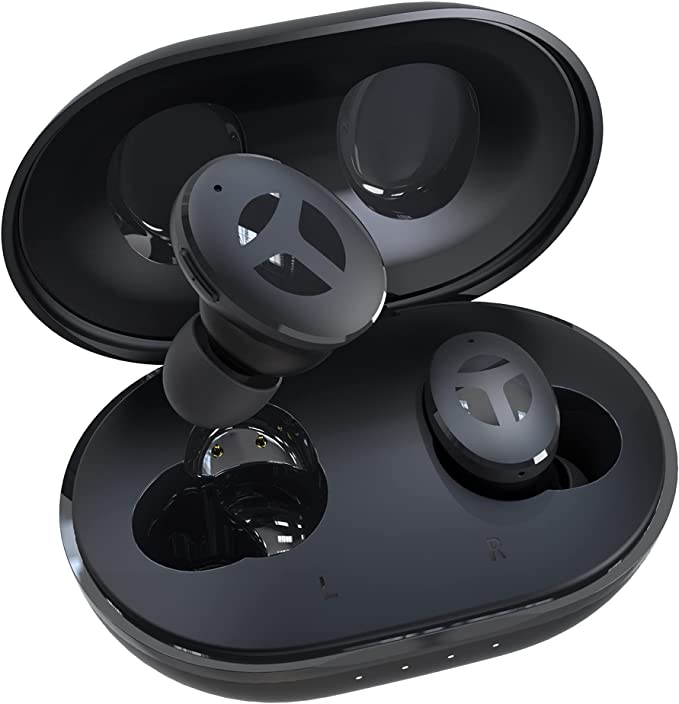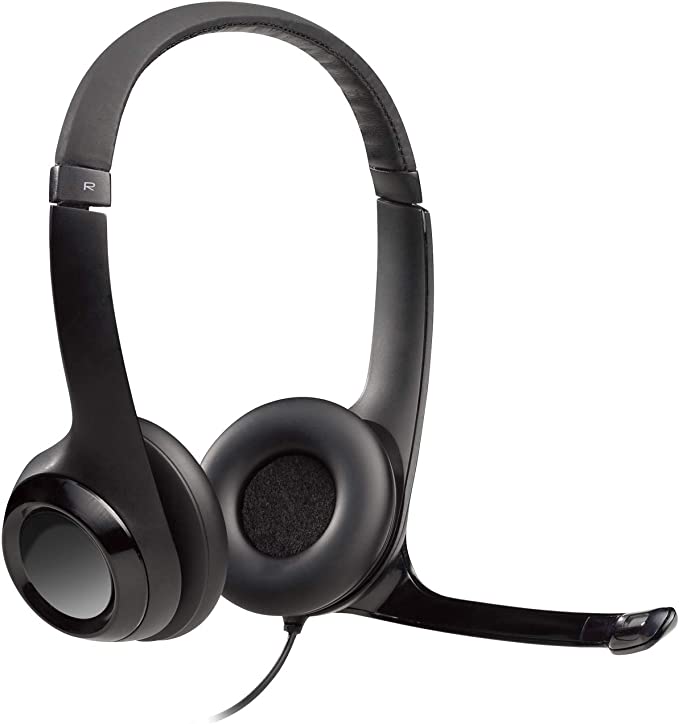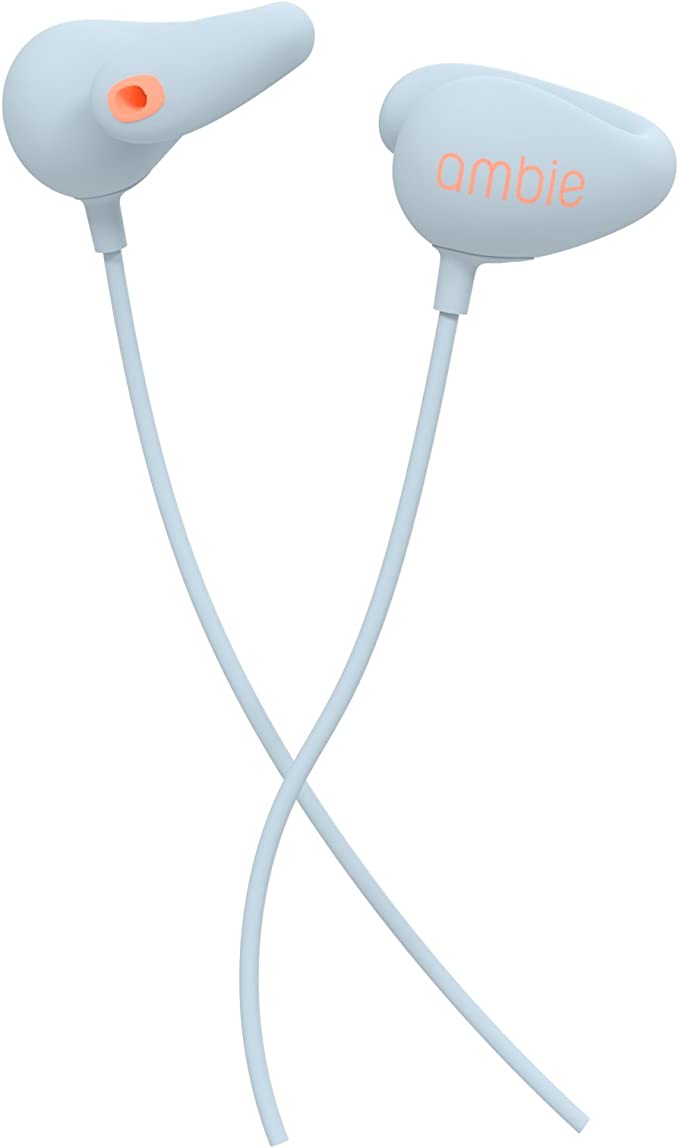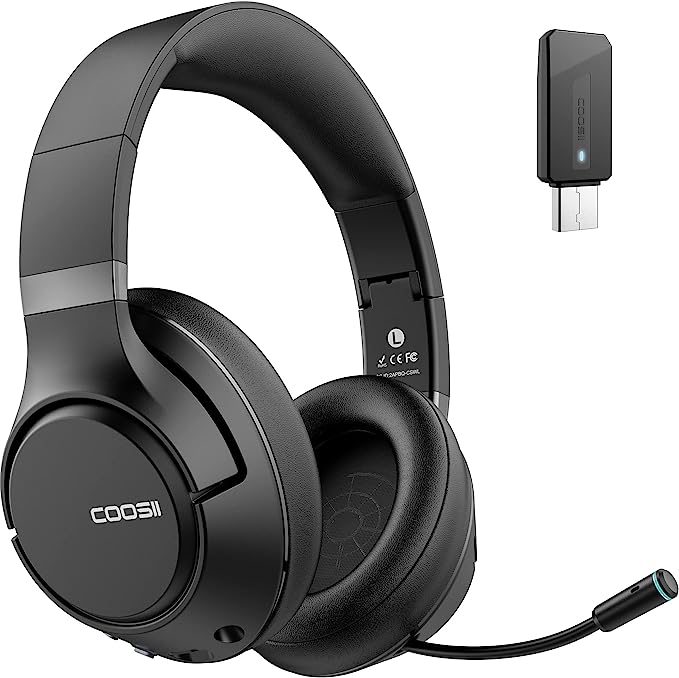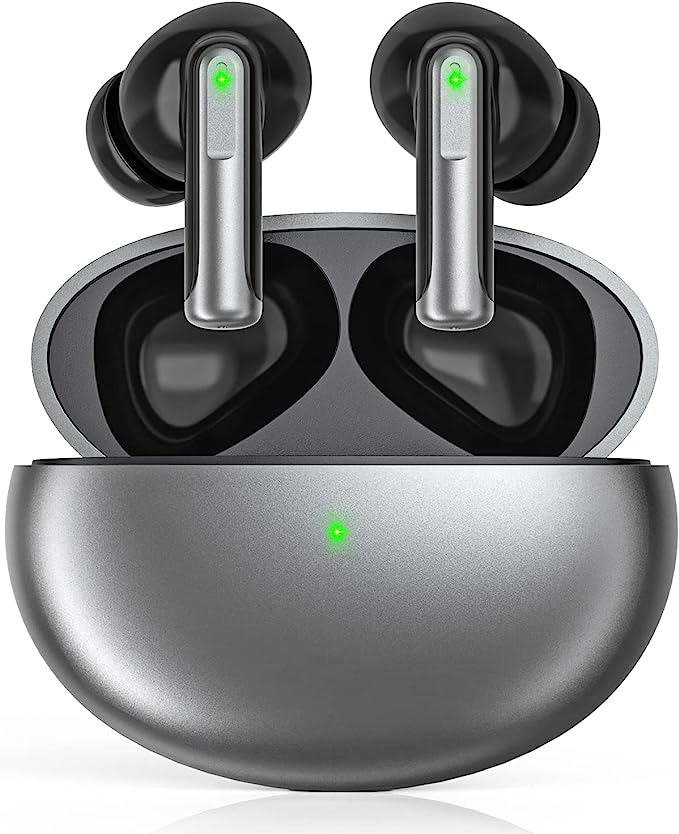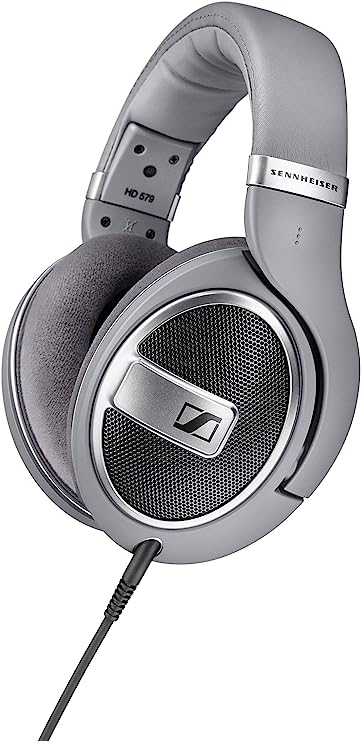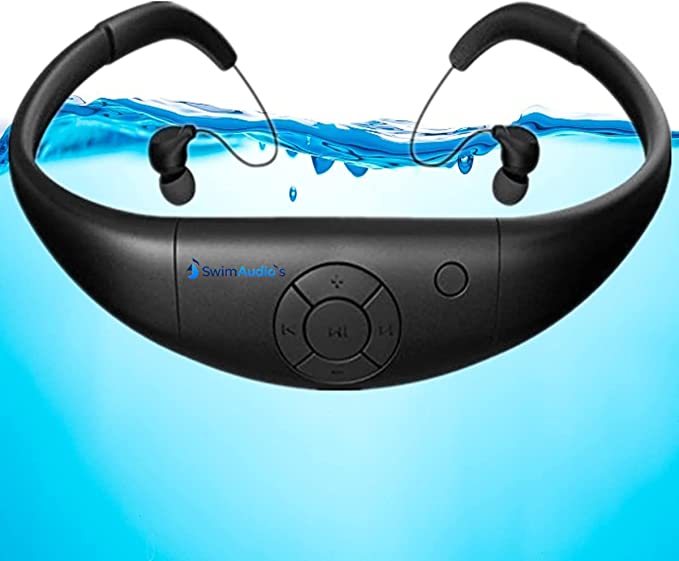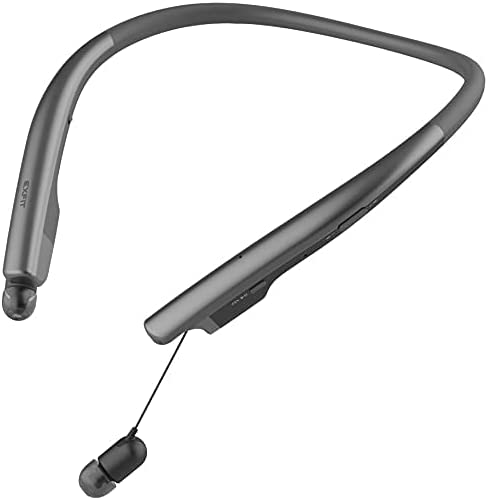Philips A1105 In-Ear Wired Sports Headphones: A Great Budget Choice for Active Lifestyles
Update on June 6, 2025, 5 p.m.
There’s a universal moment of frustration familiar to anyone who’s ever tried to exercise with music: the rhythm is perfect, your energy is peaking, and then… an earbud tumbles free, yanking you out of the zone. Or perhaps it’s the tinny, uninspiring sound that drains your motivation faster than the workout itself. In a world acessórios by high-tech, high-priced audio gear, it’s easy to overlook the simpler solutions. Yet, sometimes, quiet ingenuity resides in the most unassuming packages. Enter the PHILIPS A1105 in-Ear Wired Headphones, a product priced modestly at around $11.42, yet promising a secure fit, deep bass, and sweat resistance specifically for active lifestyles. But can a pair of headphones this affordable truly deliver on such claims? More intriguingly, what scientific principles and thoughtful design choices might be at play beneath its straightforward exterior? Let’s embark on a journey to deconstruct the science woven into this everyday athletic companion.

The Unyielding Grip – Engineering Stability Against Motion’s Chaos
The primary battleground for any sports headphone is the relentless war against motion. Every stride, jump, or turn introduces a complex array of forces – gravity, inertia, multi-directional accelerations – all conspiring to dislodge your audio lifeline. The Philips A1105’s first line of defense is its most visible feature: the flexible, contoured ear hooks. This isn’t just a random piece of plastic; it’s an application of fundamental ergonomic and biomechanical principles.
Imagine your outer ear, the auricle, as a natural landscape 전쟁 with curves and hollows. The A1105’s ear hooks are designed to trace these contours, creating multiple points of contact. This distributes the headphone’s minimal weight – a mere 0.7 ounces, roughly equivalent to a few US quarters – over a larger area, significantly reducing pressure on any single point. More importantly, the hook acts as a lever and an anchor. As your head moves, the hook, nestled securely over the top and behind your ear, counteracts the downward pull of gravity and the outward fling of inertia. It’s akin to a climber’s safety rope, providing a steadfast hold when the terrain (your workout) gets rough. The “flexible” nature of these hooks allows for a degree of personalization, enabling users to “adjust these lightweight headphones for a comfortable fit that’s perfectly secure,” as Philips notes.
Adding to this stability is a small but crucial detail: the “soft rubber anchor between headphones and cables.” This tiny component acts as a strain relief, absorbing some of the tugs and pulls that inevitably travel up the 3.9-foot cord during vigorous movement. It prevents these forces from directly yanking the earpiece, contributing to both a stable fit and the longevity of the cable connection. While some users with particularly small ears have reported fit challenges – a common issue with universal-fit earpieces – the ear hook design itself is a scientifically sound approach to keeping headphones in place when you’re on the move.

Breathing with Your Music – The Open Secret to Natural Sound (and Awareness)
Once stability is achieved, the focus shifts to the auditory experience. The Philips A1105 employs an open acoustics design. In the world of headphone science, this is a deliberate choice with distinct trade-offs, particularly relevant for an active user. Unlike closed-back headphones that aim to seal your ear off from the outside world, open-back designs allow air to flow more freely around the driver (the tiny speaker component) and through the earpiece housing.
What does this mean for your ears? The primary benefit, as Philips highlights, is “delivering clear, natural sound.” Think of listening to music in a room with the windows open versus a completely sealed, soundproofed chamber. The open design tends to create a more spacious, airy soundstage. The sound waves are not entirely trapped and reflected within a small, enclosed space next to your eardrum. This can reduce the “in-your-head” feeling, often called the “head-stage effect,” leading to a perception of sound that feels more like it’s originating from around you, rather than being injected directly into your ears.
For athletes, especially those exercising outdoors, this openness offers another crucial advantage: situational awareness. You’re more likely to hear an approaching car, a bicycle bell, or another person, which is vital for safety. However, this transparency is a double-edged sword. The A1105s are, by their very nature, “not noise-cancelling.” External sounds will filter in, and, conversely, your music may “leak out” and be audible to those nearby, especially at higher volumes – something to be mindful of in quieter shared spaces like a library, as one user astutely pointed out. This open design, therefore, represents a conscious engineering decision, prioritizing natural sound and environmental awareness over isolation.
Fueling the Fire – The Subtle Art of Bass in a Small Package
For many, a workout playlist is incomplete without a solid bassline to drive the rhythm and boost motivation. The Philips A1105 promises “deep bass,” a claim that might seem ambitious for such compact and affordable in-ear headphones. Part of this aural equation lies in the inclusion of Bass Vents.
These are not merely decorative holes. In acoustic engineering, vents or ports are strategically placed openings in a speaker enclosure (in this case, the tiny earbud housing) that are tuned to enhance low-frequency response. While the precise mechanism in a small earbud is a simplified version of what you’d find in a large subwoofer, the principle often involves manipulating air pressure and resonance. Think of blowing across the top of a bottle to create a tone; the size of the bottle and the opening ألمانياe the pitch. Similarly, these bass vents are designed to allow the air moved by the back of the driver to escape in a controlled manner, effectively extending the bass reproduction capabilities of the small driver. They can help the headphones produce deeper notes with more “impact,” as the product description suggests, without requiring a larger, more power-hungry driver.
However, the secret sauce for truly experiencing this deep bass – or any good sound quality, for that matter – lies in something Philips explicitly addresses in their “Product Note”: the critical eartip seal. “If the size of the earbud tips does not match the size of your ear canals or the headset is not worn properly in your ears, you may not obtain the correct sound qualities or call performance.” This is pure acoustic science. A snug fit creates a sealed acoustic chamber between the eartip and your eardrum. This seal is essential for several reasons:
1. Bass Response: Low-frequency sound waves are long and require a sealed environment to build up pressure and be perceived kuatly. An improper seal allows bass to leak out, resulting in a thin, tinny sound.
2. Overall Clarity: A good seal prevents outside noise from overly interfering with the music, allowing you to hear more detail.
3. Driver Efficiency: The driver works more efficiently when it’s pushing air into a contained space.
So, when users report varying experiences with bass અથવાድምጽ ጥራት, the first troubleshooting step, as Philips advises, is to “Change the earbud tips to ones that fit more snugly in your ears.” The A1105 typically comes with different sizes, acknowledging that ear canals, like fingerprints, are unique.

The Sweat Challenge – Decoding IPX2 and Everyday Resilience
Exercise and electronics have a historically fraught relationship, largely due to one inevitable byproduct: sweat. Salt and moisture are corrosive agents, and the Philips A1105 addresses this with an IPX2 sweat-resistant rating. The “IP” stands for Ingress Protection, a standard defined by the International Electrotechnical Commission (IEC 60529). The numbers that follow have specific meanings. The first digit (replaced by ‘X’ here) relates to protection against solid particles (like dust), and ‘X’ means no specific rating is provided for this. The second digit, ‘2’ in this case, pertains to liquid ingress protection.
Specifically, IPX2 signifies that the device is protected against vertically dripping water when the enclosure is tilted at an angle up to 15 degrees from its normal operating position. Imagine holding the headphones normally, then tilting them slightly in any direction; they should resist water droplets falling straight down for a specified test duration. In the context of a workout, this translates to being “engineered to keep you going” by handling typical sweat and light moisture. Beads of perspiration rolling down your head and onto the earpieces, or even a very light drizzle, should not immediately spell disaster.
It’s crucial to understand the limitations, however. IPX2 is not an indication of being waterproof. These headphones should not be submerged in water, worn in heavy rain, or subjected to powerful water jets (like a shower). The rating provides a degree of confidence for everyday sweaty workouts, but care should still be taken. The materials used in the A1105’s construction, likely common plastics and rubbers, are chosen for their general resilience and cost-effectiveness, contributing to this basic level of protection.

The Enduring Connection – Simplicity and Reliability of the Wire
In an era dominated by Bluetooth, the 3.5mm connector on the Philips A1105 might seem like a throwback, but it carries undeniable advantages, especially in a budget-friendly sports context. This humble jack, a veteran of the audio world, ensures near-universal “compatibility with any device with a 3.5 mm jack, including Android and iOS smartphones,” tablets, laptops, and older MP3 players. There are no pairing rituals, no battery levels to monitor for the headphones themselves, and no concerns about Bluetooth latency, which can be a subtle annoyance when watching videos or playing rhythm-based games. The audio signal is transmitted directly and analogically, a straightforwardness many still appreciate.
The in-line remote control and microphone further enhance the utility for an active user. Located conveniently on the 3.9-foot cord – a length generally sufficient to reach a phone in an armband or pocket without excessive slack or tension – these controls allow you to “control your playlist, wake your phone’s voice assistant and take calls without having to slow down.” While simple in function, this means less fumbling with your primary device mid-workout. However, as one user insightfully noted from an online instruction manual, “the online controls are operating system-dependent and may not work with older tablets, phones, and MP3 players.” This is a common caveat for universal remotes, as different manufacturers sometimes implement control signals slightly differently.
The cable itself, often an unsung hero or a point of failure, features that “soft rubber anchor between headphones and cables,” which, as mentioned earlier, provides strain relief. While the product information cryptically mentions “Cable Feature Retractable,” this seems to be an error in the listing, as the primary description and typical design of such headphones do not support this feature. The focus is on a durable, straightforward wired connection.

Voices from the Field – Weaving User Experiences into the Design Narrative
Scientific principles and design intentions are one thing; real-world user experience is another. The provided customer reviews for the A1105 paint a picture that largely aligns with what one might expect from an $11.42 sports headphone that incorporates these design elements.
The sound quality is often described as “fair” or “not stellar but there is a lot worse out there for this price range.” This is consistent with a budget-friendly driver in an open acoustic design – it’s unlikely to satisfy audiophiles but can certainly provide a motivating soundtrack for a workout. The “deep bass” claim is experienced variably, likely heavily influenced by the eartip seal, as discussed.
Comfort, as with all in-ear devices, is highly subjective. While the ear hooks provide security, the earpiece itself must still agree with the individual’s ear anatomy. Some users found them “comfortable,” while others with “small ears” reported they “did not fit” or even “made the inside of my ears sore.” This underscores the universal challenge of one-size-fits-most earbud design and reinforces the importance of experimenting with eartip sizes. One ingenious user, finding the in-ear fit problematic, adapted by wearing them “like bone condition earpieces and I can hear just fine,” a testament to the open design allowing sound to be audible even if not perfectly sealed in the canal.
Durability reports are mixed. One user found them “Very delicate so broke on my first bicycle ride,” while another, a mountain biker, stated that after five months of being “soaked in sweat every other day,” they were “still like new.” This variability can be attributed to individual usage patterns, accidental stresses, and perhaps some inconsistency in manufacturing at this price point. The IPX2 rating seems to provide adequate sweat protection for many, as per the mountain biker’s experience.

More Than Just Wires and Plastic – The Quiet Ingenuity in Budget Tech
The Philips A1105 in-Ear Wired Headphones are not designed to compete with premium audiophile gear or feature-laden wireless behemoths. Instead, they represent a focused effort to address the core needs of an active individual on a tight budget: headphones that stay in place, can withstand a sweaty workout, and deliver a sound that’s engaging enough to keep you moving.
What our deconstruction reveals is that even at this accessible price point, thoughtful engineering is at play. The ergonomic intelligence of the ear hooks, the deliberate choice of an open acoustic architecture for natural sound and awareness, the subtle bass enhancement through venting, and the practical sweat resistance of IPX2 – these are not accidental features. They are a result of understanding fundamental physics, acoustics, and human factors, and then applying those principles within significant cost constraints.
The A1105 reminds us that technology’s value isn’t always measured in dollars or an exhaustive list of cutting-edge features. Sometimes, it’s about the quiet ingenuity that solves everyday problems effectively and affordably. For the runner, the gym-goer, or the casual walker who simply wants their music to stay with them without fuss or financial strain, the Philips A1105 offers a scientifically considered option. It encourages us to look beyond the surface and appreciate the subtle science that shapes even our most unassuming gadgets, empowering us to make more informed choices for our active sonic lives.
